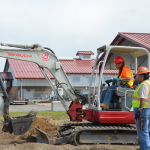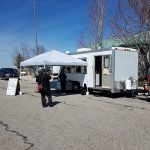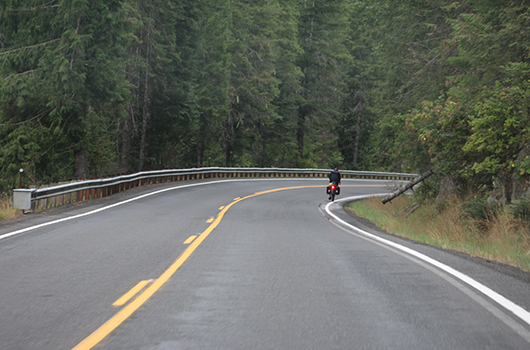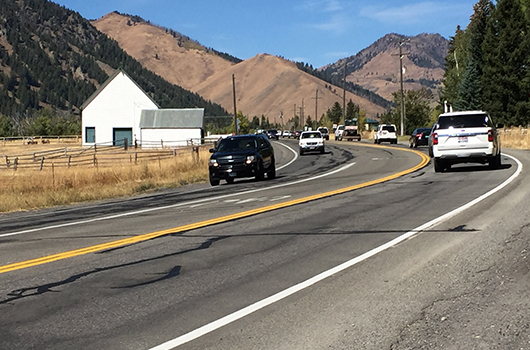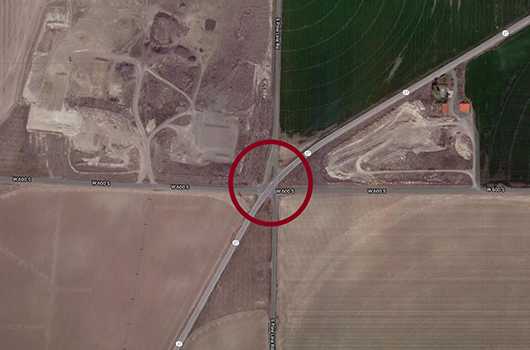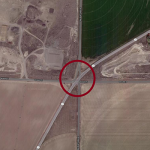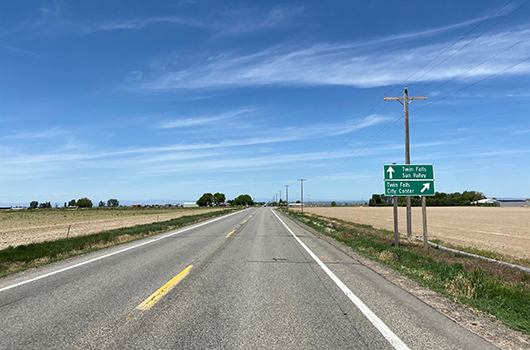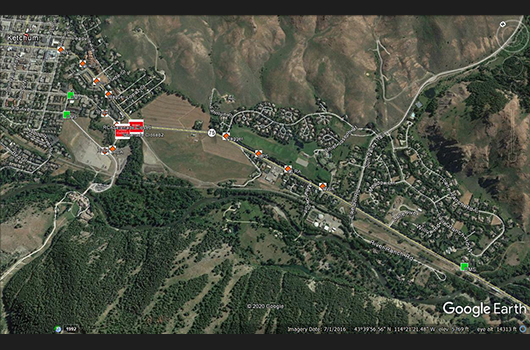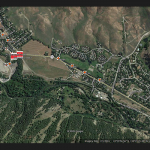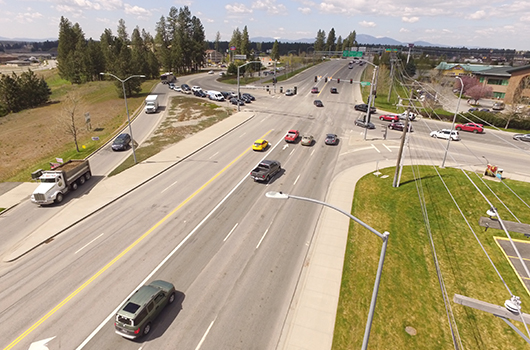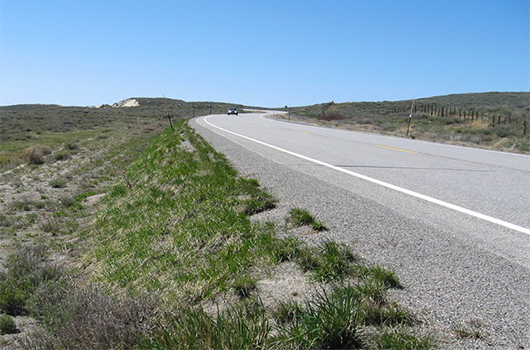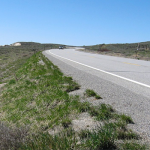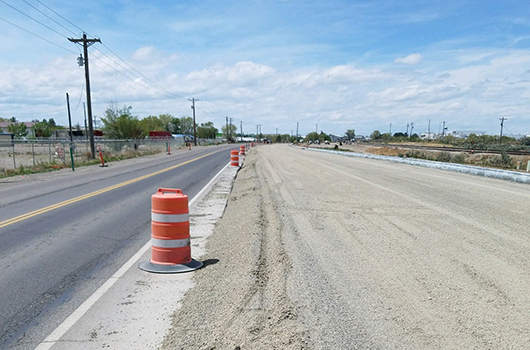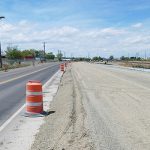ITD to provide free Commercial Driver’s License and Heavy Equipment Operator training August 2020
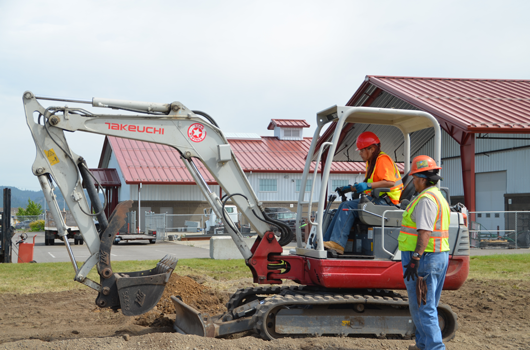
When it comes to local infrastructure projects, the show must go on. In these evolving times, transitioning to a career in the essential industry of heavy highway construction has never looked so appealing!
The Idaho Transportation Department (ITD) is pleased to announce a new 4-6 week custom training program slated for August 2020. The selected twenty applicants will receive a Commercial Driver’s License (CDL), a Level 1 certification as a Heavy Equipment Operator (HEO), and more.
Much like an NFL Combine or Spring Training, contractors will be invited at the conclusion of the training to meet ITD’s trainees and watch firsthand as they operate tractor-trailers and heavy construction equipment in a safe and controlled environment. If the contractor likes what they see, they are welcome to hire new employees on the spot.
ITD’s Office of Civil Rights will be accepting applications and resumes from Friday June 12 – Friday July 10, 2020.
Send the completed application and a resume to Jasmine Platt, Contract Compliance Officer by email at civilrights@itd.idaho.gov, by picture message at 208-954-2053, or by mail at:
Idaho Transportation Department
ATTN: Jasmine Platt
P.O. Box 7129 Boise, ID 83707-1129
Applicants must be over the age of 21, hold a valid driver’s license with at least one year of driving experience, and must be able to pass a drug screening and DOT physical. No construction experience is necessary. ITD is an equal opportunity employer, and all applicants regardless of experience may apply. Women and minorities especially encouraged to apply.
WHAT: CDL and HEO Level 1 Training
WHEN: August 2020
WHERE: Treasure Valley (exact location TBD depending on training vendor)

